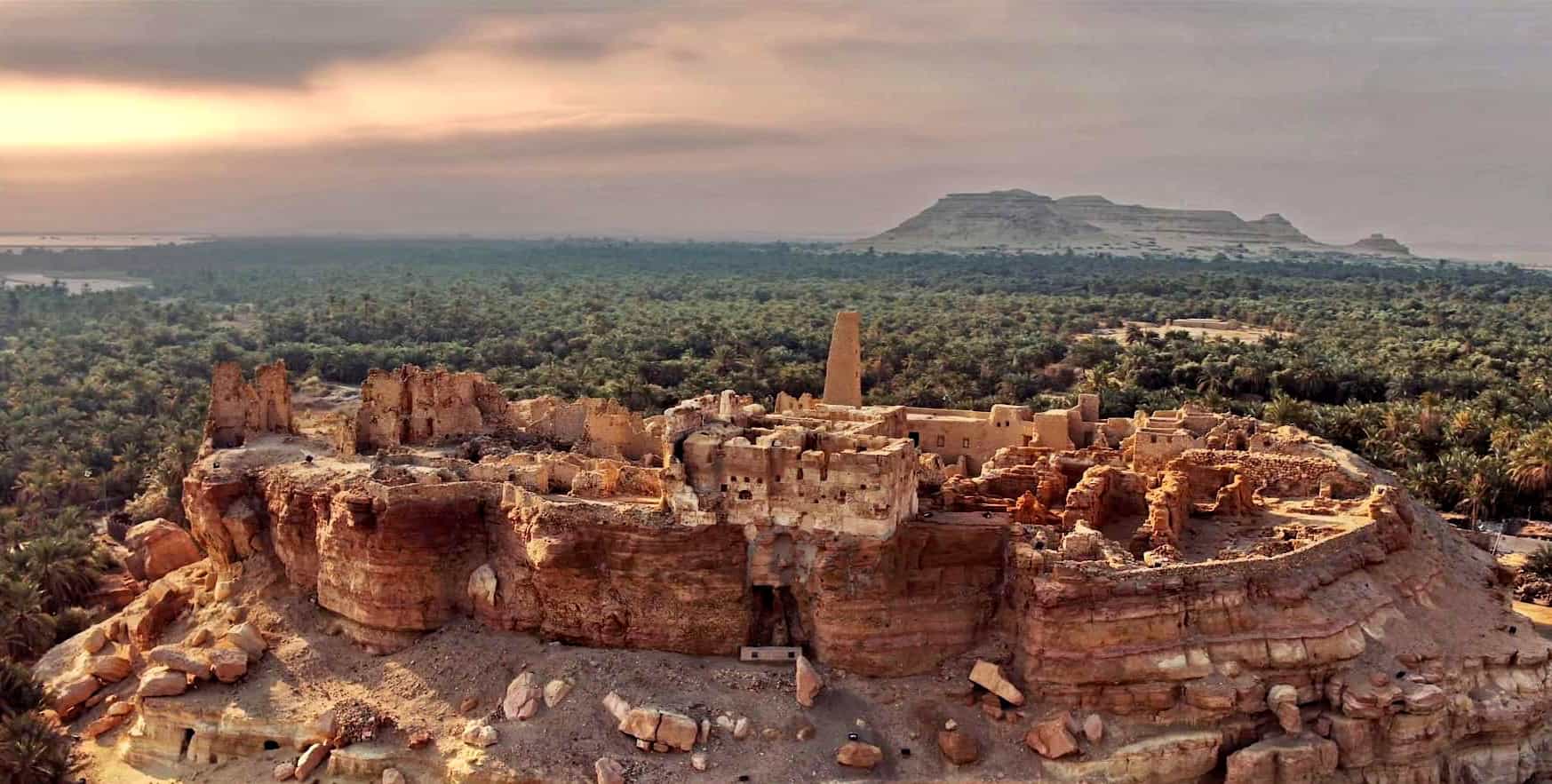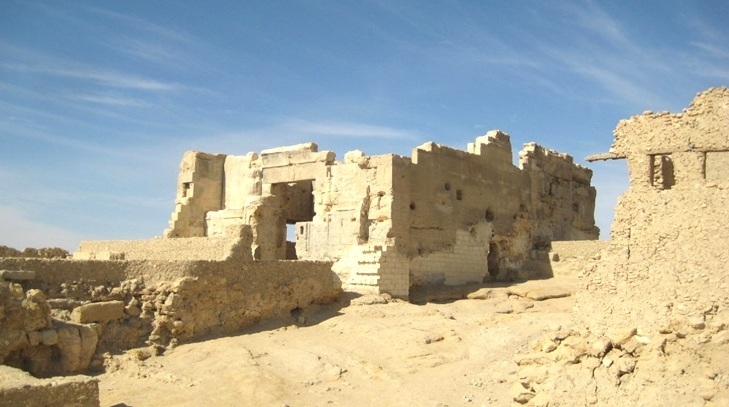Unveiling the Oracle: The Temple of Amun in Siwa Oasis
Nestled amidst the golden sands of Egypt’s Western Desert lies the enigmatic Temple of Amun, also known as the Oracle Temple of Siwa. This ancient sanctuary, steeped in mystery and legend, has captivated historians and travelers alike for centuries.

Constructed during Egypt’s 26th Dynasty in the 6th century BCE, the Temple of Amun was established under Pharaoh Amasis II. Dedicated to the god Amun, the temple served as a revered oracle site, where seekers journeyed to receive divine guidance. Its remote location in the Siwa Oasis added to its mystique, making it a focal point for those seeking spiritual insight.

One of the temple’s most enduring legends involves the Persian King Cambyses II. In 525 BCE, angered by the oracle’s unfavorable predictions, Cambyses dispatched an army of 50,000 men to destroy the sanctuary. However, the army vanished without a trace, swallowed by the desert sands. To this day, the fate of Cambyses’ lost army remains one of history’s great mysteries.
In 331 BCE, Alexander the Great embarked on a perilous journey across the desert to consult the oracle at Siwa. Seeking affirmation of his divine lineage, Alexander’s visit was shrouded in secrecy. While the exact words of the oracle remain unknown, Alexander emerged from the temple confident in his status as the son of Amun, bolstering his claim to pharaonic authority.
Perched atop the Aghurmi plateau, the remnants of the Temple of Amun offer a glimpse into ancient Egyptian architecture. Though time has weathered its walls, the temple’s enduring presence amidst the oasis landscape continues to inspire awe. Visitors can explore the ruins, imagining the grandeur that once was.
No results found.